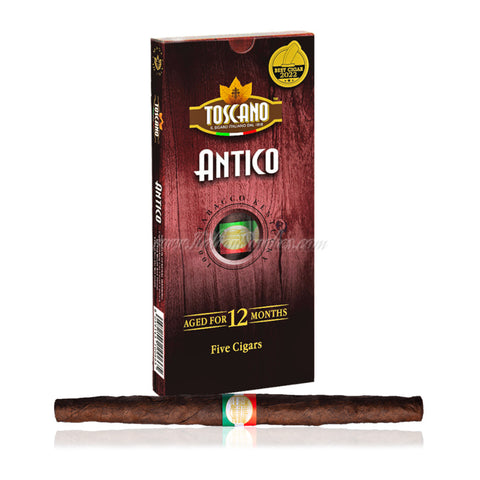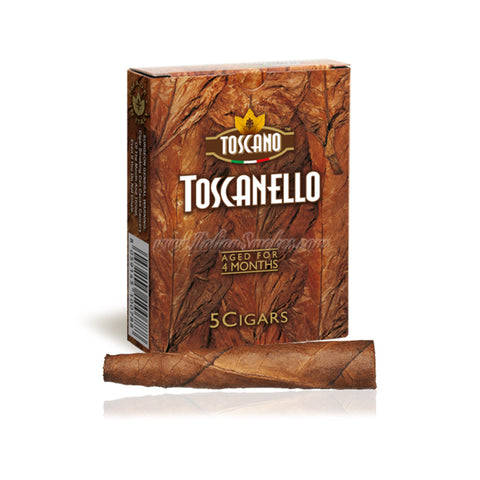Kentucky tobacco is the largest tobacco plant in terms of leaf surface, also one of the most difficult tobacco plants to cultivate. It is named after Kentucky in the USA where it was grown since the early 1700s. The plant was later imported to Italy, where having adjusted well to the soils of Tuscany and Umbria, it gradually replaced the earlier tobacco leaves and became the sole ingredient for Toscano cigars.
The Kentucky tobacco used in making Toscano cigars is cultivated to grow large leaves of a sturdy and elastic structure. Each phase of the process must be followed specifically and with extreme care. The objective is to reach an optimal ratio between the quality of leaves and the maximum quantity of leaves produced.
This is obtained by strictly controlling its production, limiting it to 100,000 leaves per hectare. By controlling the amount of leaves per hectare, the strength of taste and aroma of each Kentucky leaf will be concentrated. Most of the tobacco leaves used in other cigars do not control its production and each hectare could have up to 1.5 million leaves.
The cultivation of Kentucky tobacco benefits from a warm, damp climate which stimulates regular growth. The soil has to be well drained, rich in organic matter, and dark in color so it warms up quickly. In an ideal environment, its leaves should have a softer surface and more elasticity with less pronounced ribs.
Harvest season is between August and September, about 90 days after setting seeds in an open field. A leaf is ready for harvest when its tissues turn yellow-green, begin to crimp slightly, and become more fragile in texture.
The major factor influencing the quality of tobacco is the combustibility of the leaves, as incombustible tobacco will undoubtedly generate defective smoke. The relative humidity of the Kentucky tobacco is just at the right levels, thus making Toscano cigar a hearty smoke that packs a punch of flavors!
DID YOU KNOW?
If you travel east along Kentucky's latitude around the world, you would end up in Italy!



